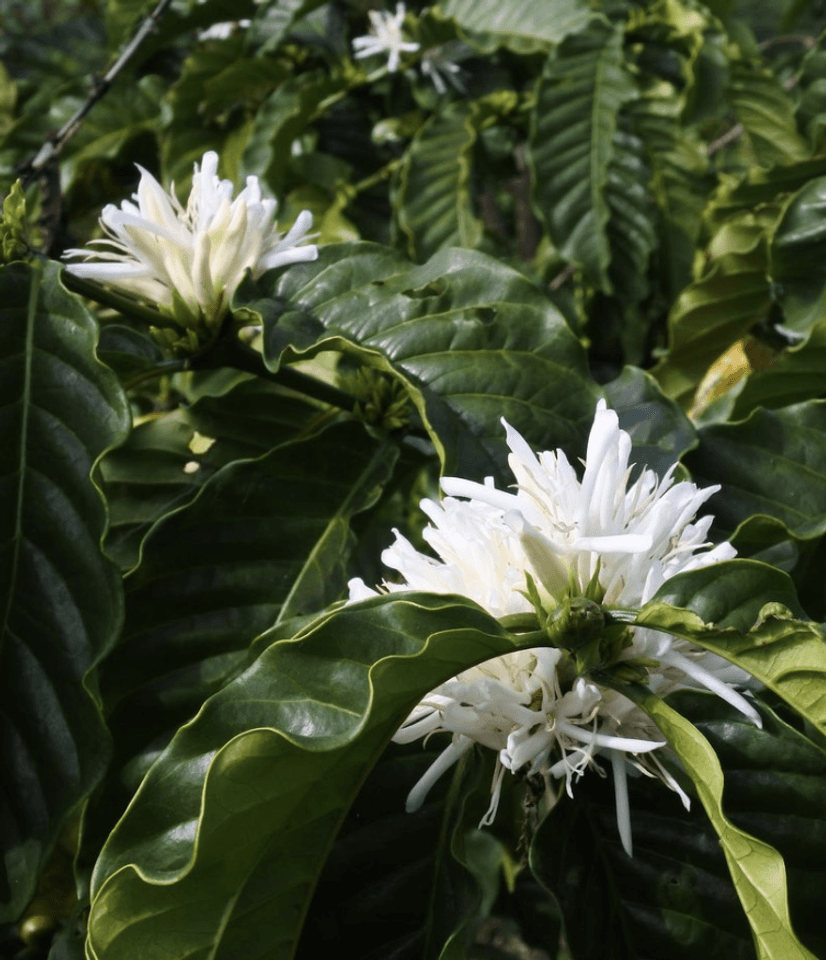
The Roots of Robusta: Cultivating Growth for a Species Once Overlooked
The roots of robusta—a species of coffee plant visually recognizable by its especially large blossoms and wide, spreading canopy, and scientifically known as Coffea canephora—trace back hundreds of thousands of years to the humid, understory evergreen forests in tropical areas of central and western sub-Saharan Africa, an expansive region that extends from Guinea to Uganda to Angola.
Throughout history, people have grown robusta in numerous forms and ecotypes and in regions beyond its birthplace. Today, the species robusta is grown in about 20 countries across the globe that are characterized by warm climate and/or high humidity. Robusta’s genetic diversity is vast, and while scientists have been researching the extent of this since the 1980s, there is still much to be uncovered about arabica’s sister species. But one thing about robusta is certain: it has dramatically evolved into a major market force and has become an integral agricultural tool as we forge the future of coffee.
In recent decades, robusta cultivation has steadily grown, rising from 25 percent to 40 percent of total global coffee production since the early 1990s.[2] Many factors, including the increasing demand for coffee, have led to expansions in robusta production. In the last year alone, 177 million 60-kilogram bags of coffee were consumed worldwide—a 2.2 percent increase from the 2022–23 production year and a striking 4.5 percent jump from 2019 to 2020[3]—and demand is not expected to slow down. As the demand for coffee soars, the effects of climate change and limited historical investment in coffee research and development are placing significant pressure on farmers and producing countries, which are increasingly struggling to keep up. In this ecosystem, an investment in innovation to realize robusta’s full potential is practical and necessary.
Read the full article by clicking the link above.